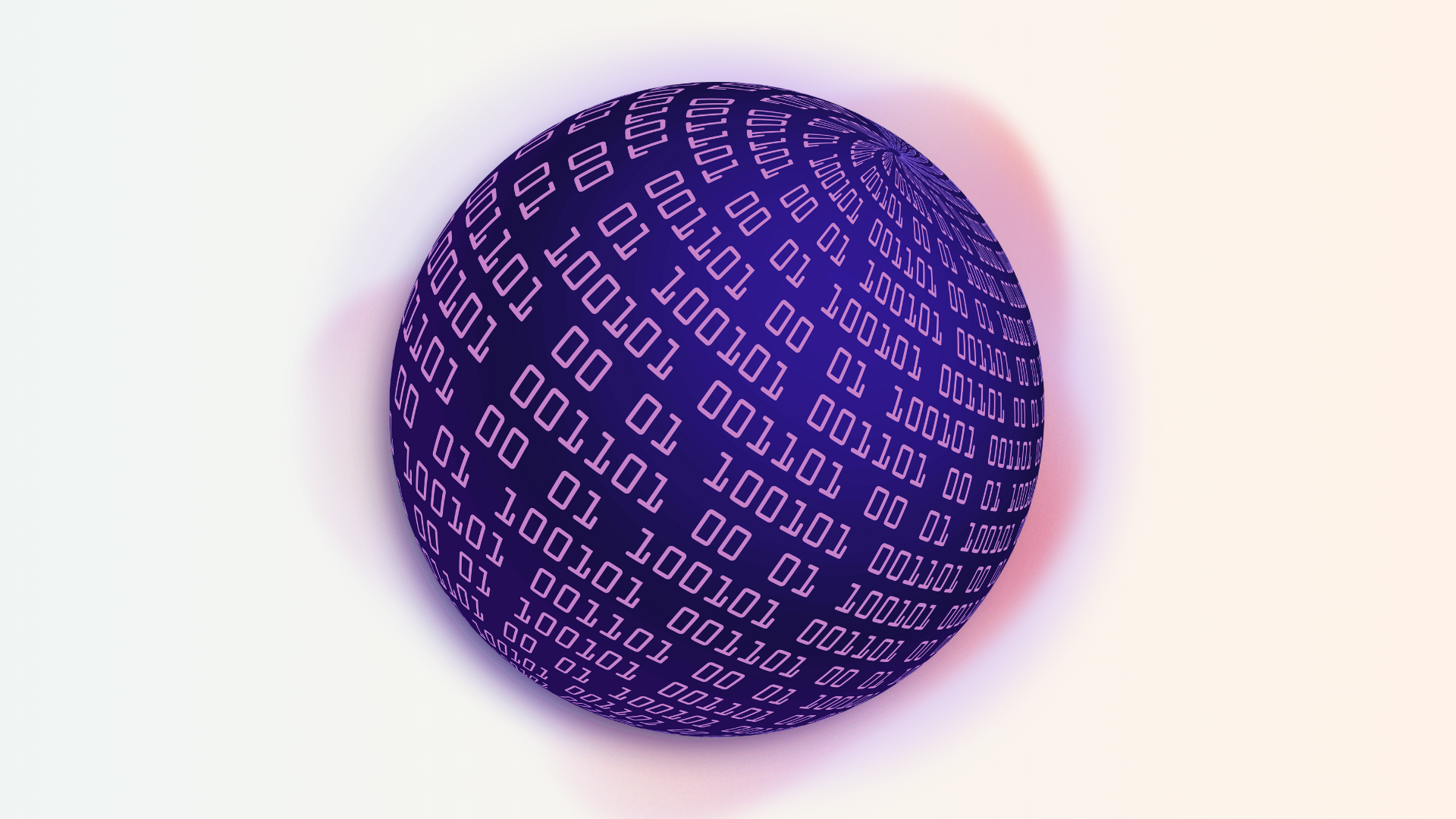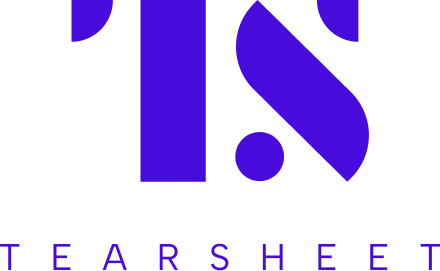JPMorgan Chase’s Gen AI implementation: 450 use cases and lessons learned
- While most banks hesitated on generative AI, JPMorgan Chase led early adoption with three major back-office use cases boosting employee productivity.
- Chase's strategy emphasizes learn-by-doing training, rigorous ROI measurement, and preparing data infrastructure for firm-wide AI integration across 450+ proofs of concept.

When generative AI first launched, consumer excitement was tangible and immediate. But banks? They hit the pause button. While the rest of the world was experimenting with ChatGPT and wondering what was possible, many financial institutions defaulted to their tried-and-true strategy: wait and see. Serious conversations about AI use cases in banking were virtually nonexistent — let alone any real research and development efforts.
But not JPMorgan Chase. CEO Jamie Dimon was one of the first leaders in the industry to tackle the subject head on, and his firm was leading discussions and research on the possible implications of Gen AI in the banking industry.
It was clear Chase had a plan and was emboldened to discuss where and how it would execute on it.
A year or so later, these plans have borne fruit. I sat down with Katie Hainsey, Managing Director and Head of AI/ML and Data & Analytics for Digital, Marketing, and Operations at JPMorgan Chase to discuss what Gen AI use cases are currently active in the firm, how JPMC is approaching employee training around the new set of technologies, what challenges and opportunities Hainsey sees in the future, and whether bringing Gen AI to the front of the office even makes sense in the banking industry.
The use case triumvirate
Chase’s active Gen AI use cases are currently concentrated in the back office, focusing more on efficiency and productivity plays rather than augmenting customer-facing deployments, according to Hainsey
Gen AI in the call center: The bank’s call center employees handle millions of customers annually across a variety of functions, ranging from Customer Service, Fraud & Claims, Home Lending, Wealth Management and Collections.
Employees on these teams dedicate a significant amount of time getting to know Chase’s policies and documentation. To cut down on this resource- and time-intensive process, the firm launched EVEE Intelligent Q&A, a Gen AI-powered tool that allows specialists to ask questions and receive concise answers. The Gen AI solution integrates with existing tools for call center employees and has improved efficiency, call resolution times, and employee and customer satisfaction, per Hainsey.
“It’s one of the most difficult jobs in the bank, because you’ve got customers calling and they have challenges – you never really know what they’re going to be calling about. One of the great use cases where we’re using Gen AI is to be able to better equip our agents with the information to answer customer inquiries, they can chat with the interface to ask a question and get an answer,” she said.
LLM Suite for employees across the firm: Released in the summer of 2024, the LLM Suite is the bank’s proprietary generative AI platform that acts as a knowledge base for the firm’s employees. The resource can also be used for content and idea generation, as well as for querying on specific documents and PowerPoints, according to Hainsey.
“New employees come in, can ask questions and get answers, and it’s a really great example of how we’re thinking about day to day productivity with the tooling that we’ve started with LLM Suite, because it’s getting people familiar with how to use it, and actually sparking a lot of imagination around what we could be doing,” she said.
The LLM Suite has been widely adopted at Chase, with 200,000 employees onboarded within the first 8 months of its launch.
Gen AI powered code creation and conversion for technology teams: JPMC also launched a coding assistant that it says has been playing a significant role in improving the firm’s efficiency in software and technology development. Coding assistants like these help firms cut down on development time and may also contribute to cost savings, as repetitive and mundane tasks are addressed through the assistant.
“I see a lot of employees utilizing code creation and code conversion through LLMs. We have seen a 10% to 20% productivity increase,” she added.
The strategy breakdown
Chase’s tools like the LLM Suite and EVEE Intelligent Q&A are the result of a firm-wide Gen AI-friendly outlook and a strategy that is readying the bank to evolve more and more proof of concepts into live features.
Employee training: Chase is going with a “learn by doing” approach for Gen AI. Hainsey shares that they want these tools to be in the hands of their employees, as the firm believes there is no better way to learn than by actually utilizing the tools themselves. This approach is also evident in the wide roll out for the LLM Suite.
Measuring ROI: The bank has been reported to have 450 proofs of concepts in the works, a number which is expected to climb to a thousand next year. With three major initiatives already underway and many more lined up, Chase is focusing on developing clear and concrete KPIs and goals to analyze the success of each project.
“We are setting very clear goals of success and KPIs for each one of these rollouts. We also have very good experimentation, so we can actually measure the incremental benefits by giving the tool to some agents, and setting up test and control groups. We compare these results with clear metrics of success, and it helps us learn what’s working and what’s not working and what we need to do to drive adoption,” she said.
Planning for firm-wide integration and data readiness: While the firm has bet big on Gen AI and launched use cases spanning the firm’s entire employee base, Hainsey is now working on building a holistic strategy that integrates Chase’s Gen AI philosophy end to end. At the moment, she is also focusing on two major strategy pieces that the firm wants to enact to unlock more value from its Gen AI initiatives:
- Data readiness: Gen AI is new but data modernization efforts are not. However, Gen AI is able to clearly demonstrate the value of data modernization efforts in ways that weren’t before. For Chase, this means that a deep focus on data products, and unstructured and structured data has become non-negotiable.
“That’s what’s going to set us up for the future, to enable these tools and capabilities. From my point of view it’s about, how do we make the data AI ready?” she said.
- Changing behaviors: As people get more used to Gen AI, their expectations and the questions they ask may evolve with time. As a leader at Chase, Hainsey has to prepare for this change in user behavior and ensure that the model is able to keep pace with its users with the right amount of data and a process pipeline to support this change.
Is there a need to bring AI to the front of the office in banking?
While fintechs have raced ahead and launched Gen AI-powered chatbots for their consumers, banks have been slow to jump on this bandwagon The reasons aren’t new for this, but they do beg the question: Do banks that usually want to forge deeper relationships with their customers and have much tighter regulatory and governance structures even need to layer in these new technologies into their customer experience?
Hainsey thinks there is a clear trend towards a stronger presence of Gen AI in the front office. “For Chase and JPMC, that is something that we are carefully thinking about stepping into: regulation, governance, and protecting our customer data is always our number one priority. The customer experience will evolve and in the outside world. You see this evolution: servicing is a good example. But we need to be thoughtful about it.”


